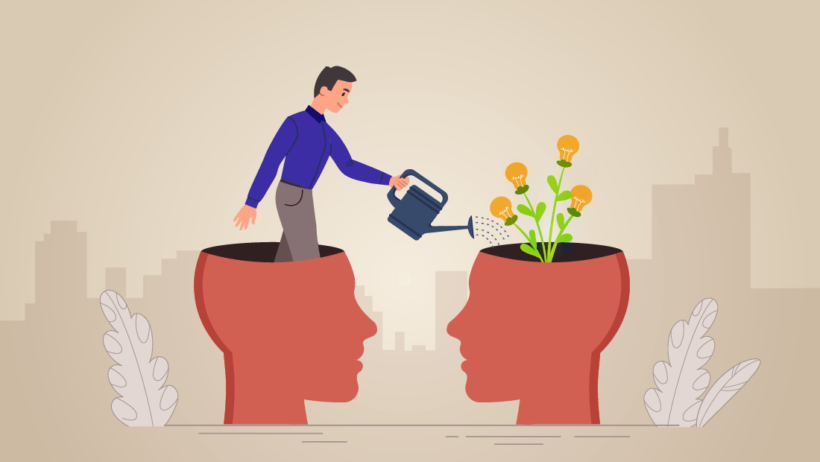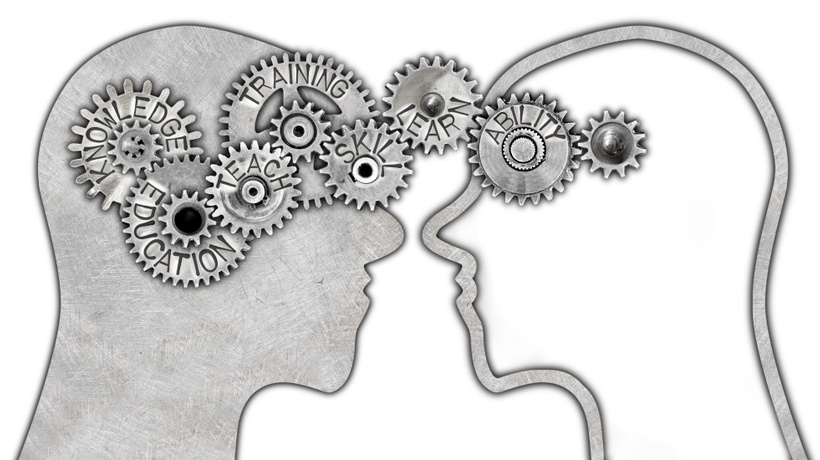Learning Transfer Basics
Look, I'm guilty! I'm guilty of never having thought about how the learning that I'm designing is getting transferred to the learners. This involves transfer of both kinds—the one that helps the learners decode and understand the content presented on the screen, and the other where the learner applies the knowledge understood from the content consumed on the screen to their tasks on the job. Essentially, transfer of knowledge from the screen to the learners and subsequently from the learners to the actual job.
There is a myriad of factors that learning designers are supposed to consider while designing for deeper learning experiences. The key one among them is ensuring impactful learning transfer, which just never jumped at me, even though it's a very important topic in the realm of learning design and science.
Only A High-Stakes Game?
Well, imagine that you're responsible for training the cadets in the defense forces and you're supposed to train them on the weapons systems. What if the transfer of learning among the cadets falls short and there are errors in the way the weapons are used? The consequences would be brutal.
Every error in a job that anyone does has consequences, some lighter than others. But the consequences exist. To eliminate errors that lead to consequences, increase the proficiency of the individuals, and drastically reduce the risks associated with the task, it's important to consider how the transfer of learning happens.
The higher the stakes, the more serious transfer of learning is as a consideration. Just to illustrate this, the research by Fingerman and Wheaton (1978) indicates that there was actually a formula used to calculate the transfer of learning for accurate weapon system usage.
The formula went like this:
Percentage Transfer = T – C / Max – C x 100
Where T = Trained Group Weapon Score, C = Control Group Weapon Score, and Max = Maximum Possible Weapon Score.
The stakes are getting higher with all of our jobs over time. Our workplace performance data is a lot more accessible and in better shape than before. It's only inevitable that we become more economical with our learning initiatives and efforts. Currently, I feel we're learning very little from all the content consumption that we're doing.
So, What Exactly Is Learning Transfer?
In my opinion, it's basically a measurement of how well the learner has understood the subject matter to utilize it in the context of their work. It is the intended impact of a learning effort on the job.
Interestingly, there are 4 types of learning transfers according to Larry W. Brooks and Donald F. Dansereau.
1. Content-To-Content Transfer
This type of transfer involves easier learning and understanding of certain subject matter from previously known/mapped subject matter.
E.g., from General Psychology to Abnormal Psychology.
2. Skills-To-Skills Transfer
This type of transfer occurs when an individual's previously known or mastered skill helps the acquisition/mastery of another complementary skill.
E.g., from riding a bicycle to riding a motorcycle.
3. Content-To-Skills Transfer
This type of transfer occurs when an individual's knowledge influences the acquisition of a new skill.
E.g., from learning about computers to learning how to program.
4. Skills-To-Content Transfer
This type of transfer involves the learning of skills that subsequently facilitate the acquisition, retention, retrieval, and transfer of knowledge.
E.g., from construction of electronic circuits to electronic theory.
How To Start Considering For Transfer Of Learning And How To Better The Transfer Of The Learning You're Designing?
I've just discovered this discipline, so I'm still exploring. However, Dr. Michael Allen suggests a few techniques in his book [1] that could help better the learning transfer:
- Provide feedback from a simulated supervisor or co-worker.
- Ask learners how they think what they are learning applies to their actual jobs.
- Create an unreal world.
- Use job tasks as the basis for lesson design, case studies and examples, or follow-up projects.
- Use guided discovery or cognitive apprenticeship.
- Incorporate case studies and examples that reflect best practices of proficient employees.
- Provide a variety of examples and problems based on documented events.
- Use a high-fidelity simulation while training procedural tasks.
- Assign projects to be completed during or after the class.
- Space out the time between review periods.
- Give practice assignments identifying the key features of new situations wherein learners might apply their new skills appropriately.
- Provide skill-based training at a time when learners actually need it (just-in-time training). Embed the physical and psychological cues of the job into the instruction.
Considering the transfer of learning while designing for deeper learning is definitely a step up from designing purely for engagement. I'm just getting started with incorporating this concept in the learnings that I'm designing—I guess it's never too late to start.
After all, good knowledge transfer seems like an important link that separates novices from experts. Research has now found that experts in most fields are differentiated from novices not by their strategies but by their rich stores of knowledge. [2]
Well done to you for getting to level one of transfer of learning! See you at level two soon!
References:
[2] How People Learn: Brain, Mind, Experience, and School










